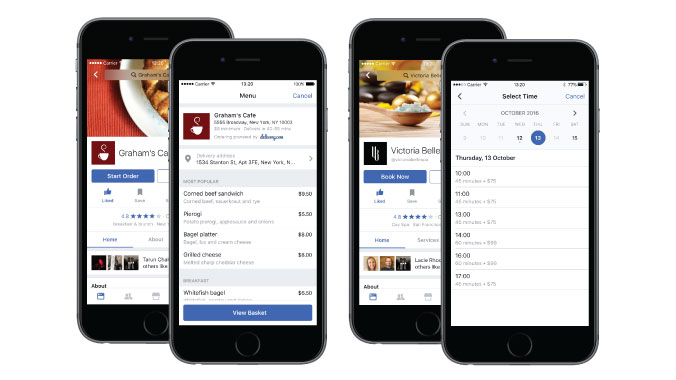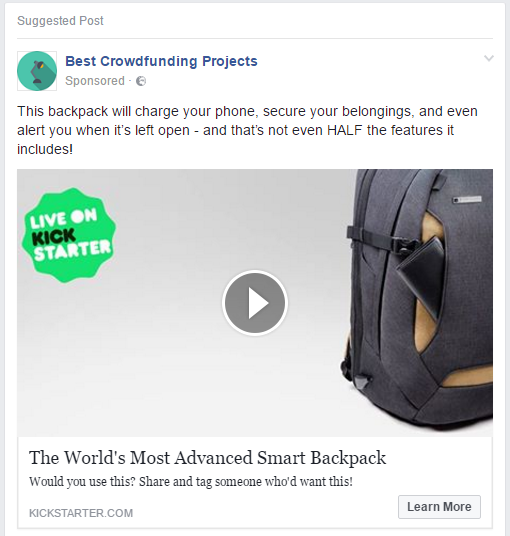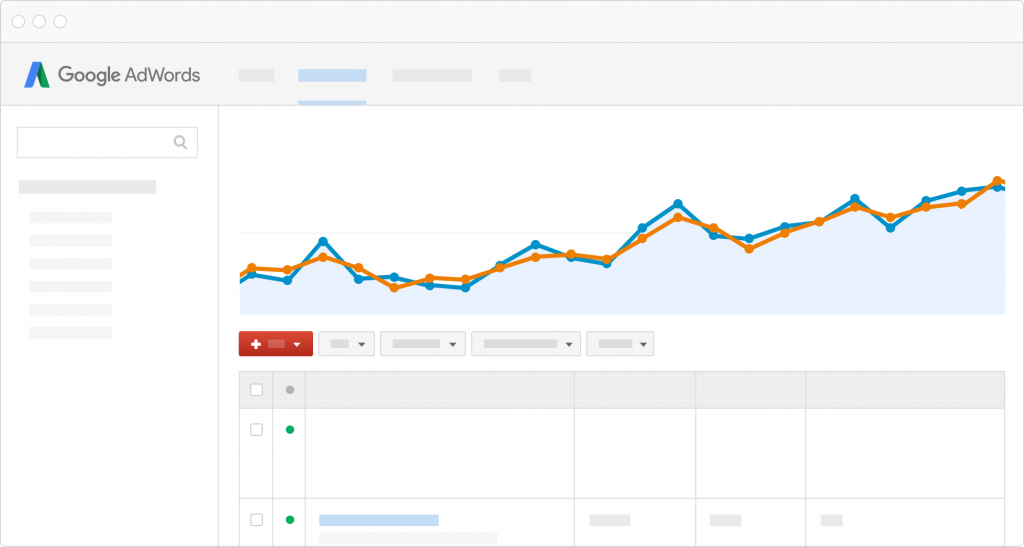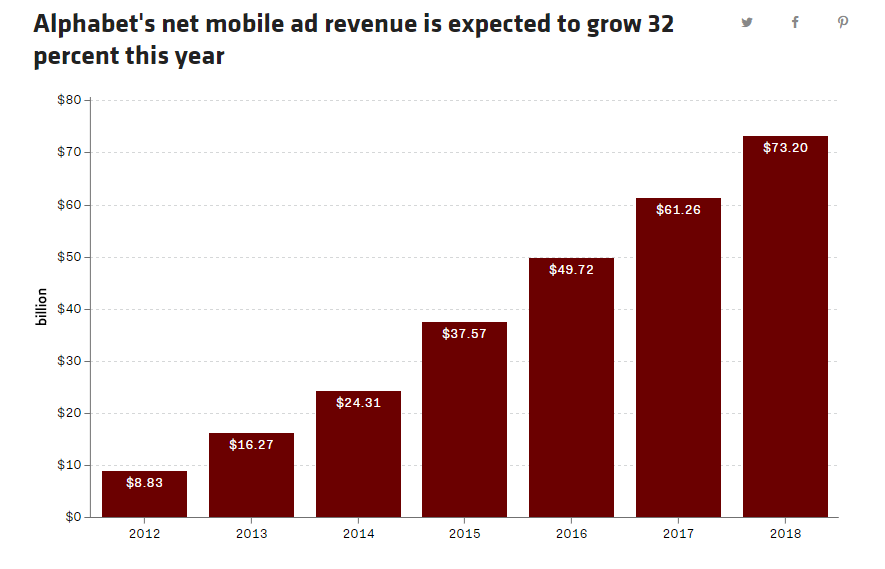There are currently over 3.6 billion internet users around the world, and as online store owners we want to reach as many of them as possible. There are two main advertising platforms that help us get there, Google Ads and Facebook Ads. But is one better than the other?
On the outside both platforms are competing for your business, however practically speaking leveraging between the two is the key to increasing your reach, maximizing targeting options, optimizing mobile advertising and getting the best ROI for your eCommerce business.
Understanding the fundamental differences between them is the key to seeing if there is a winner in the Google Ads vs Facebook battle. Put simply, the main differences between the two can be explained as follows: Facebook helps new customers find you, while Google Ads helps you find new customers. Let’s dig deeper…
Facebook Ads
Compared to all social platforms, Facebook has the highest number of monthly active users in the world, making it one of the digital advertising top dogs. Facebook helps merchants find potential customers based on the interests and online behavior of users.
Here’s why this newcomer has won over advertisers:
Advantage 1: Fantastic ROIs
The ability for advertisers to stretch their budget while maintaining a good return on investment, is one of the key advantages of Facebook Ads. It’s affordability — which varies between scope, messaging and objectives — and campaign performance factors offers small businesses one of the best online marketing value-for-money options out there with big return potential.
Advantage 2: Detailed Audience Segmentation
The scale or level of detail present in a set of data, or granularity, of Facebook far exceeds expectations. With active users accounting for one-fifth of the world’s population, Facebook gives advertisers a global market at their fingertips. However, it’s their segmentation, the ability for advertisers to target this available market based on their interests, beliefs, ideologies and values, that sets it apart.
Their market filtering, ‘lookalike audience’, match data to users who have consumer behavior that matches your stores existing customers. In other words, it finds you potential shoppers based on the interests and behavior of your current shoppers, allowing you to connect with customers in a way that businesses have never been able to before.
Advantage 3: Highly Visual
Facebook Ads are designed to be seamless with people’s newsfeed content. This is a huge advantage for advertisers as these visually appealing ads create inspirational messaging which is enticing and compelling. Unlike most PPC campaigns and Google Ads search ads, Facebook is inherently visual and remains so.
Paid Search (Google Ads)
The largest PPC (pay per click) platform, Google Ads, coined the term “paid search”. This involves concentrating text ads and targeting keywords to feature when potential customers are searching. Simply put, with Google Ads you are paying for the potential of finding new customers based on search phrases and keywords.
With over 3.5 billion daily search queries on Google, Google Ads gives online stores an unparalleled reach to potential customers searching for services and goods.
Google Ads advertising options is split into two types: search and display. The former allows you to bid on phrases and keywords to target audiences actively searching and the latter, letting you display banners and ads on websites around the internet.
What does that mean from an advertising strength point of view? Here’s a breakdown:
Advantage 1: Ad Format Variety
Through the years Google Ads PPC have evolved to include ad extensions, user reviews, site links and location targeting — all providing customization and control to advertisers that are unparalleled. Add to that their industry/service specific upgrades — on everything from rich visuals and interactive date — Google Ads offers a format to suit any online store, designed to bring more targeted traffic.
Advantage 2: Unprecedented Audiences
The audience volume that Google offers advertisers is by far the most superior and with its continued advancement, this will only increase. They are the search world leaders and dance circles around their closest competition. This audience scope is what makes this PPC platform the most popular and widely known globally.
Advantage 3: Equal Opportunities
Despite what you believe, it is not advertisers with the largest budget that ‘win’ on Google Ads. This is mostly because of Google putting so much emphasis on the quality of the advert rather than how much is spent on the ad. Another rewarding factor is relevance, which means if you become an expert at creating optimized high-quality ads you will be rewarded. Yes, some keywords and phrases will cost more than others, but the quality and relevance will determine how much you have to bid – essentially equaling the playing field.
Looking for more? Visit our complete Google AdWords guide.
Google vs. Facebook Comparative Performance Stats
Here are a few comparative stats on things that matter: reach, targeting, mobile and ROIs.
Reach
- Over 3.5 billion daily searches
- 170 billion Searches a month
- Potential reach of 90% of internet users
- Over 2 billion active monthly users
- Over a trillion page views a month
- Potential reach of 44% of the internet
Targeting Options
- Google targeting options include location, keywords, demographics, negative keywords, language and by device.
- Facebook targeting options include location, behavior, demographics, interests, Lookalike, and by web custom audiences.
Mobile Advertising Optimization
- Around 67% of ad revenue comes from mobile
- Around 84% of ad revenue comes from mobile
ROI
- Average eCommerce conversion rate is around 1.84%
- Average click-through rate is around 2%
- Average eCommerce conversion rate is around 1 – 2 %
- Average click-through rate is around 0.5%
As you can see each platform has reach, targeting options and mobile advantages, however, the ROI’s are neck to neck.
The bottom line is, that both these platforms perform well and do so in areas where the other doesn’t.
If you’re a store owner looking to market viral, trending, or brand new products then start with Facebook video ads to kick start your campaigns and build interest. If you are selling products with high search volumes, i.e products people are already actively searching then Google ads will be perfect for you.
To get the most exposure for your store, with the best ROIs, you should be balancing between the two as they complement each other’s strengths and weaknesses. Learning to harness the power of both these advertising giants, capitalizing on their abilities and matching them to specific business objectives will turn you into a traffic driving superstar.
Have questions? Comment below.

Nicole is a content writer at StoreYa with over sixteen years experience and flair for storytelling. She runs on a healthy dose of caffeine and enthusiasm. When she's not researching the next content trend or creating informative small business content, she's an avid beachgoer, coffee shop junkie and hangs out on LinkedIn.
Recommended articles
 Facebook Ads for eCommerce: 16 Strategies, Examples & Tips
Facebook Ads for eCommerce: 16 Strategies, Examples & Tips
 How to Build a Winning eCommerce Ads Strategy
How to Build a Winning eCommerce Ads Strategy
 Google Ads for eCommerce: Everything You Need to Know
Google Ads for eCommerce: Everything You Need to Know
 10X Your Traffic with PPC Management Software
10X Your Traffic with PPC Management Software
Comments
Powered by Facebook Comments








